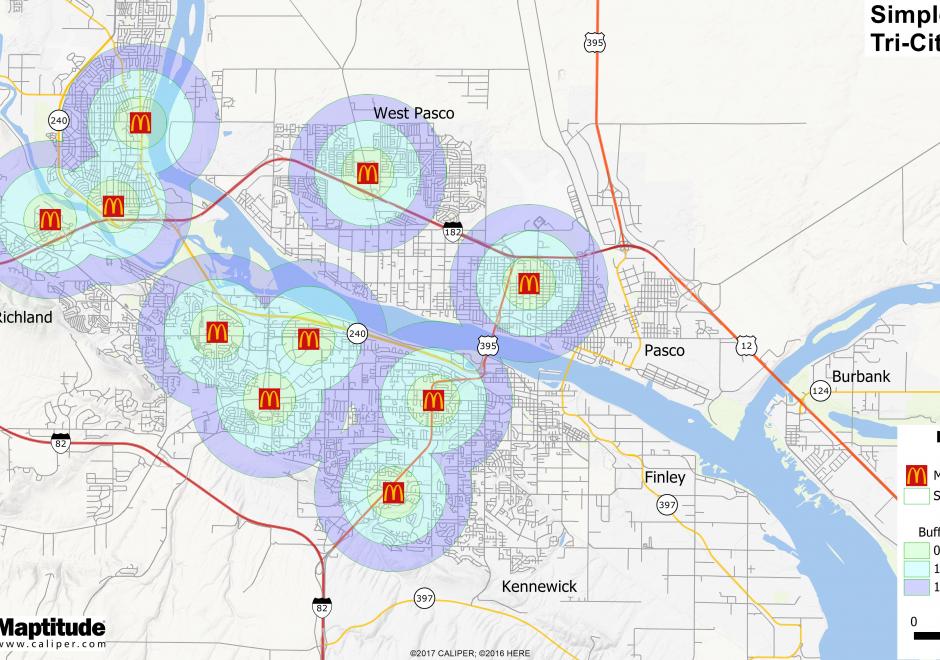DA-16 - GIS&T and Forestry

GIS applications in forestry are as diverse as the subject itself. Many foresters match a common stereotype as loggers and firefighters, but many protect wildlife, manage urban forests, enhance water quality, provide for recreation, and plan for a sustainable future. A broad range of management goals drives a broad range of spatial methods, from adjacency functions to zonal analysis, from basic field measurements to complex multi-scale modeling. As such, it is impossible to describe the breadth of GIS&T in forestry. This review will cover core ways that geospatial knowledge improves forest management and science, and will focus on supporting core competencies.





DA-37 - GIS&T and Epidemiology
Location plays an important role in human health. Where we live, work, and spend our time is associated with different exposures, which may influence the risk of developing disease. GIS has been used to answer key research questions in epidemiology, which is the study of the distribution and determinants of disease. These research questions include describing and visualizing spatial patterns of disease and risk factors, exposure modeling of geographically varying environmental variables, and linking georeferenced information to conduct studies testing hypotheses regarding exposure-disease associations. GIS has been particularly instrumental in environmental epidemiology, which focuses on the physical, chemical, biological, social, and economic factors affecting health. Advances in personal exposure monitoring, exposome research, and artificial intelligence are revolutionizing the way GIS can be integrated with epidemiology to study how the environment may impact human health.